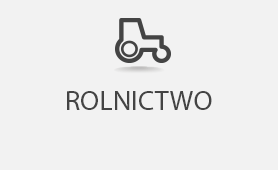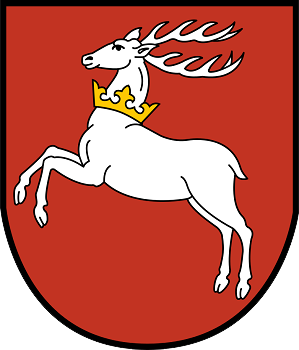Agriculture and rural areas
Lubelskie is a typically agricultural region. There are only 41 cities and towns and 4300 villages and rural settlements. Over half of the population lives in the countryside (53.5%,.the average for the country is 39.9%). Rural areas cover 96.2% of the region area, 71.8% is connected with agricultural activity. The most fertile soils cover about 40% of the rural land, mainly the Lublin Upland and the Volhyn Upland. In 2008 there were 283 thousand individual farms of the average area 7.7ha (the average for the country is 8.9 ha)
About 78% of all the crops are corns (as much as 10.9% of the country area).The biggest number of farms cultivate wheat (3rd place in the country), 85 thousand – barley (1st place in the country), 82 thousand – corns mix (2nd place), 65 thousand – triticale (3rd place). An important role in the region, cultivation structure is still played by white beets (15.5 thousand farms), rape and common agrimony (12.4 thousand). Many farms (35.7 thousand) cultivate ground vegetables (3rd place in the country) and strawberries (27 thousand, 2nd place). The specificity of the regional agriculture is cultivation of hop (1.8 thousand ha, 70% of national production), tobacco (8.2 thousand ha, 36%) and leguminous plants (edible and those cultivated for grain, 49% of national production).
An important role in agriculture of the Lubelskie Region is played by permanent cultivations including plantations of fruit trees and bushes, seedbeds of fruit trees and bushes, decorative bushes and others. The most popular in the orchards are apple trees (22 thousand ha), currants (17 thousand ha) and raspberries (14 thousand ha).
A new, evolutional trend in the agricultural economy is ecological agriculture. According to the Inspection of Trade Quality of Agro-Food Products, in 2008 there were 1,609 ecological producers and 30 agri-food processing plants supplying the domestic and European market with healthy certified food. It places the region on a high 3rd place in the country.
[/vc_column_text][/vc_column][/vc_row][vc_row][vc_column][vc_single_image image=”3186″ img_size=”full” alignment=”center” onclick=”link_image”][/vc_column][/vc_row]











 Oficjalny portal województwa lubelskiego prowadzony przez Urząd Marszałkowski Województwa Lubelskiego
Oficjalny portal województwa lubelskiego prowadzony przez Urząd Marszałkowski Województwa Lubelskiego